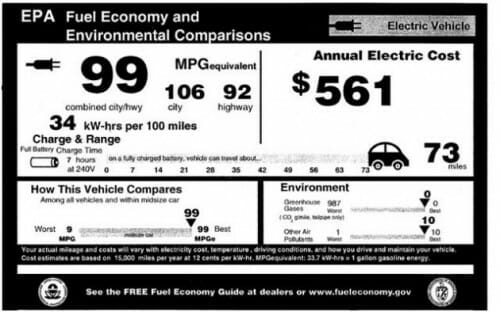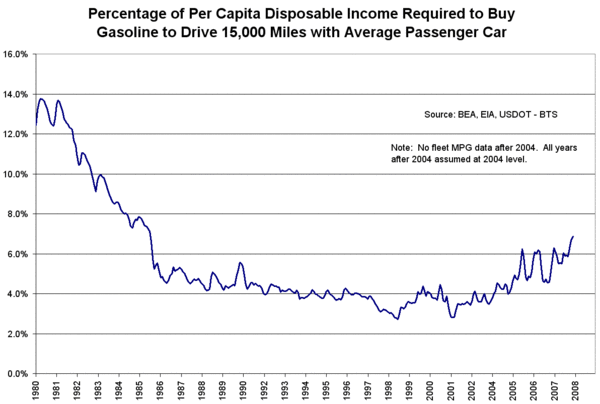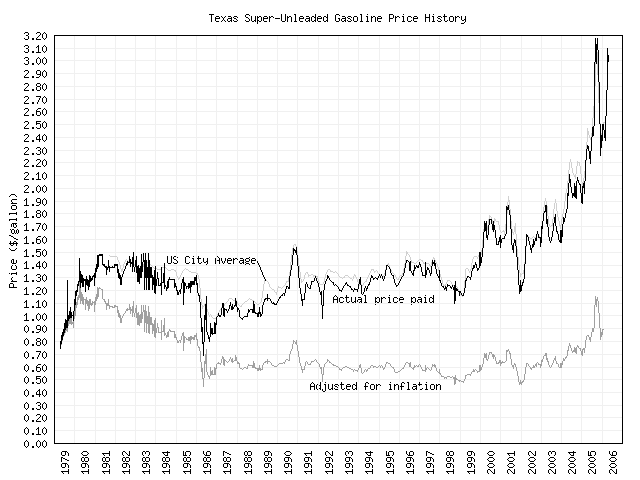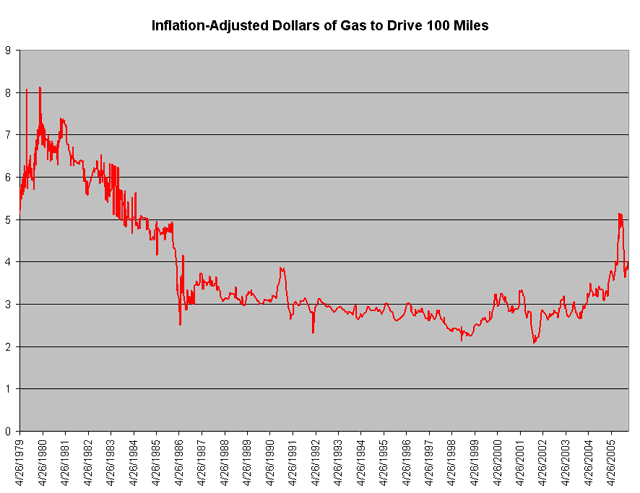The Electric Vehicle Mileage Fraud, Updated: Tesla Model 3 Energy Costs Higher than A Prius, Despite Crazy-High eMPG Rating
Nearly 8 years ago (can it be so long?) I wrote a series of articles about what I called the electric vehicle mileage fraud at the EPA. Rather than adopt sensible rules for giving electric vehicles an equivalent mpg rating, they used a horrible unscientific methodology that inflated the metric by a factor of three (in part by ignoring the second law of thermodynamics). All the details are still online here. I am not omniscient so I don't know people's true motivations but one is suspicious that the Obama administration wanted to promote electric vehicles and put their thumb on the scale of this metric (especially since the EPA in the Clinton Administration has already crafted a much better methodology). To be fair, smart people screw this up all the time -- even Eric Schmidt screwed it up.
Take for example the Tesla model 3, which has been awarded an eye-popping eMPG of between 120 and 131. Multiplying these figures by .365 (as described in my linked article) gets us the true comparative figure of 44 to 48. This means that in terms of total energy consumption in the system, the Tesla is likely better than most gasoline-powered vehicles sold but less energy efficient than top hybrids (the Prius is listed as 53-58 mpg). At the end of the day, electric cars feel cheaper to fuel in part because they are efficient, but perhaps more because there is no little dial with rotating dollar numbers on the electric cables one attaches to charge them (also, there are still places where one can skim electricity for charging without paying).
Basically, I have been a voice in the wilderness on this, but I just saw this note on the Tesla Model 3 and its operating costs from Anton Wahlman writing at Seeking Alpha
there are attractive and spacious hatchbacks yielding at least 55 MPG for under $25,000, without taxpayer funding needed. Just to be conservative and give the opposite side of the argument the benefit of the doubt, I’ll refer to these as 50 MPG cars, even though they perform a little better. Rounding down is sufficient for this exercise, as you will see below....
To find out [the price to charge a Tesla], you can go to Tesla’s Supercharger price list, which is available online: Supercharging.
As you can see in the table above, the average is close to the $0.24 per kWh mark. So how far does that $0.24 take you?
The Tesla Model 3 is rated at 26 kWh per 100 miles according to the U.S. Department of Energy: 2018 Tesla Model 3 Long Range.
In other words, almost four miles per kWh. It’s close enough that we can round it up to four miles, just to give Tesla some margin in its favor. That squares with the general rule of thumb in the EV world: A smaller energy-efficient EV will yield around 4 miles per kWh, whereas a larger EV will yield around 3 miles per kWh.
That means that at $0.24 per kWh, the Tesla Model 3 costs $0.06 per mile to drive.
How does that compare to the gasoline cars? At 50 MPG and today’s nationwide average gasoline price of $2.65, that’s $0.05 per mile. In other words, it’s cheaper to drive the gasoline car than the Tesla Model 3.
This result that the Tesla is slightly more expensive to fuel than the top hybrids is exactly what we would expect IF the EPA used the correct methodology for its eMPG. However, if you depended on the EPA's current eMPG ratings, this would come as an enormous shock to you.
Electric vehicles have other issues, the main one being limited range combined with long refueling times. But there are some reasons to make the switch even if they are not more efficient.
- They are really fun to drive. Quiet and incredibly zippy.
- From a macro perspective, they are the easiest approach to shifting fuel. It may be easier to deploy natural gas to cars via electricity, and certainly EV's are the only way to deploy wind or solar to transportation.




